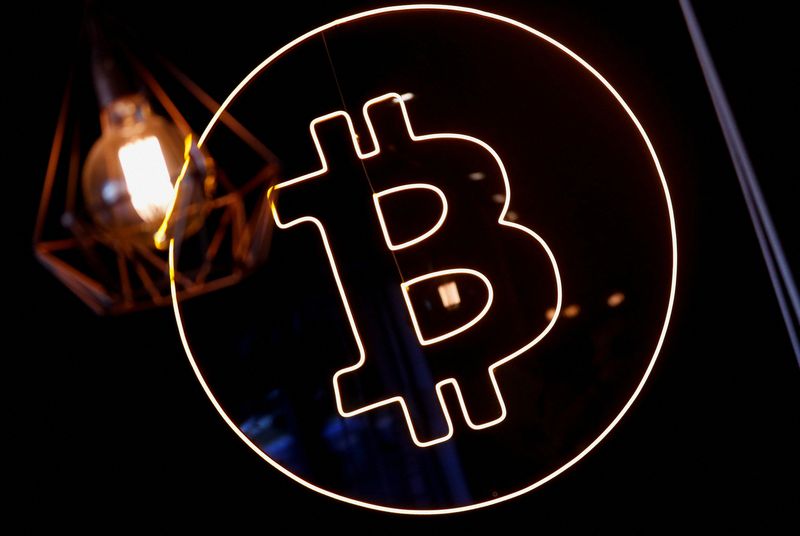The US Securities and Exchange Commission (SEC) approved the first spot (ETH) exchange-traded funds (ETFs) last week. Ethereum price has surged in anticipation of this decision and crypto experts are now saying that the bull run has just begun.
The wave of positive regulatory news did not stop there as the House of Representatives passed its first cryptocurrency bill and the United Kingdom gave the green light to exchange-traded crypto products.
Signs that an approval was imminent appeared earlier in the week when several exchanges amended their filings to exclude betting.
According to Kaiko Research's latest analysis, the market had been gradually discounting the approval of an ETF over the past month amid growing uncertainty over ETH's regulatory status.
“With these approvals, the SEC implicitly declared that ETH (unstaked) is a commodity rather than a security. “This is not just about access to ETH, but has significant and likely positive ramifications on how all similar tokens will be regulated in the US with respect to trading, custody, transfer, etc.,” added Kaiko Research.
ETH implied volatility for the nearest expiration increased from less than 60% on May 20 to almost 90% on May 22 before retreating at the end of the week. This dramatic shift in sentiment was also evident in the derivatives markets.
Ethereum price hit a 2-month high on Monday as bulls attempted to overcome the strong resistance zone surrounding the $4,000 level.
“For a long time, Ethereum was sandwiched between narratives, often following trends. We are finally seeing that its relative market share is approaching its fundamentals. Bull runs are driven by attention, inflows and narratives, and Ethereum has been scoring points on all three fronts lately,” Kiril Nikolov, DeFi strategist at Nexo, told Investing.com.
Nikolov anticipates that “inflows will be at least proportional to the asset's market capitalization in terms of size, or approximately 30% to 40% of those achieved by US spot ETFs.”
“As long as inflows outpace outflows in Grayscale, the rest of the year could be incredible for Ethereum.”
A break above the 2024 high would open the door for a quick move towards the all-time high of , which was established in 2021. The next resistance zone lies near the $6,000 level.
Open interest hits new record
In just three days, ETH perpetual futures funding rates rose from their lowest level in over a year to a multi-month high. Open interest also hit an all-time high of $11 billion, suggesting strong capital inflows into the space.
The ETH/BTC ratio, which measures the relative performance of the two assets, rose from 0.044 to 0.055, although it remains below February's highs. The rally was broad-based, with both US and foreign spot markets recording strong net buying since May 21. Offshore exchanges had been recording net sales until then.
Looking ahead, the launch of the ETH ETF could generate selling pressure due to potential outflows or redemptions due to Grayscale's ETHE, which has been trading at a discount of between 6% and 26% over the past three months.
ETHE currently has over $11 billion in assets under management, making it the largest ETH investment vehicle. During the first month of bitcoin ETF trading, GBTC recorded outflows worth $6.5 billion, approximately 23% of its assets under management (AUM) on launch day.
If a similar magnitude of capital outflows were to occur with ETHE, this would translate to $110 million in average daily outflows, or 30% of the average daily ETH volume on Coinbase (NASDAQ:). However, outflows from GBTC were offset and outweighed by inflows from other BTC ETFs in late January.
“The overall market impact of ETHE redemptions is still uncertain, especially considering the lackluster launch of Hong Kong ETFs,” Kaiko Research stated.
“Furthermore, the ETH market depth on centralized exchanges is approximately $226 million, still 42% below its pre-FTX average levels, with only 40% concentrated on US exchanges in comparison. with around 50% at the beginning of 2023.”










